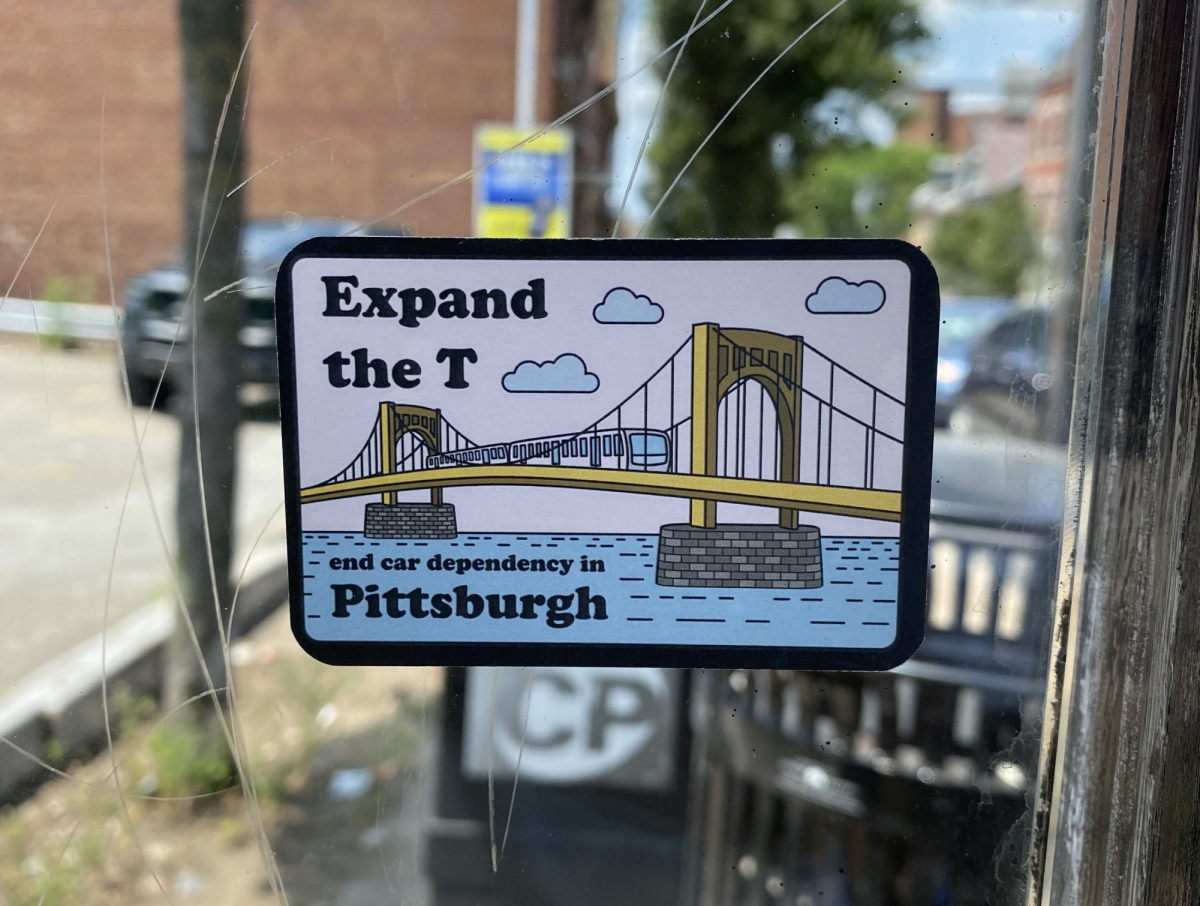It seems there’s always some sort of study or ranking that touts Pittsburgh as one of America’s best “something.” The most common accolade seems to be the designation as America’s most livable city. What exactly does that mean and what are the specific criteria used to determine livability? Many studies or surveys have concluded that Pittsburgh is really one awesome city. While many of these rankings are published to gain readers or attention, I think a further examination of their rationale is necessary.Places Rated Almanac, originally published by Rand McNally in 1981, was one of the first to recognize Pittsburgh. It ranked Pittsburgh first in the second edition of the book. Since then, Pittsburgh’s become a mainstay on the list. The city ranked third in 1989 and fifth in 1993, before reclaiming the number one spot in 2007. In fact, since Places Rated began publishing the list in 1981, Pittsburgh is the only city to finish in the top 20 of every editionWhy is Pittsburgh ranked high so consistently? The Almanac authors use statistics in nine different categories to compare cities. Crime, housing, recreation, arts, climate and terrain are among those variables considered. You might be laughing out loud and thinking about one or more of those categories – “Pittsburgh’s considered the best?” No, not necessarily the best, but I’m sure you can think of other cities that are worse. Over 300 metropolitan areas are considered. It seems the secret to Pittsburgh’s success is they are at least decent and sometimes very good in all of the categories. The fact that the city is not horrible in any of the attributes considered is key. It is what propels Pittsburgh over other cities that many people might initially consider more livable.The Economist is another publication that seems to like Pittsburgh. In 2005, 2009 and 2011, Pittsburgh was named the most livable city in the United States by the magazine. The variables considered are a little bit different than those of the aforementioned Places Rated Almanac. The Economist’s rankings are determined by 30 to 40 indicators under five main categories: health care, culture, environment, education and infrastructure. Although The Economist also uses statistics, it primarily uses information from its own correspondents in each city. “The idea was that the city presenting the least challenges to your lifestyle would be deemed the most livable.” Jon Copestake, editor of The Economist survey said.Copestake also mentioned Pittsburgh’s excellent medical centers and their cultural amenities. Both are unusual for a city of its size. Looking at it from a positive point of view: how great is it that Pittsburgh has these things when most cities must be much larger to have them? Of course, if you’re more pessimistic, you’re probably thinking about Pittsburgh’s declining population over the years. If Pittsburgh’s so great, why don’t more people live here?The final most livable award I’ll mention is Forbes magazine and Yahoo, which named Pittsburgh the Most Livable City in the United States in 2010. Forbes and Yahoo seem to favor college towns. In fact, the top five includes both Ann Arbor, Mich. and Provo, Utah and other cities with a strong university presence. Pittsburgh has over a dozen colleges or campuses that bolstered its ranking in this survey.Alexander Von Hoffman, senior fellow at the Joint Center for Housing Studies at Harvard University said, “Universities are large employers in their cities. In the long term, not only do you have that employment, but you have an educated population, and you have a large youthful population which tends to be a consuming population.” This makes sense to me.What is their criteria? This measurement seemed to be the most easy to understand. Forbes and Yahoo determined five major factors: arts and leisure, income growth, low crime, low unemployment and low cost of living. Pittsburgh did not rank in the top 10 for any of those categories, but a combination of multiple entertainment options, available jobs, lower crime and overall affordability moved the city to the top of the chart.While everyone has probably heard of the “Most Livable” designations, there are many other studies and surveys and not all of them are good. In 2011, GQ Magazine named Pittsburgh the third Worst Dressed City. No hard numbers were used, just a poll that cited Pittsburgh’s love of wearing sports attire and team jerseys. Los Angeles was second and Boston was first in this poll.Pittsburgh was also named one of the “Worst Hair Cities” by TotalBeauty.com. They cited the city’s pollution, which apparently causes premature balding, graying and dullness in hair. Olympia, Wash. with its rain and humidity is at number two and Corpus Christi, Texas with humidity, hard water and minimal hair salons were the only cities that placed higher on this list.The pollution in Pittsburgh was cited in another ranking. Time magazine placed Pittsburgh in a tie for 10th place with San Diego, Calif. for Most Air-Polluted Cities in the U.S. Time magazine acknowledged that Pittsburgh’s air has improved. This would probably be a good time to mention that Pittsburgh is A city with many environmentally friendly, green buildings.The David L. Lawrence Convention Center was the world’s first green convention center. The newly constructed Consol Energy Center is the first NHL arena to receive a Leadership in Energy and Environmental Design gold award.It was also named the Best New Major Concert Venue in the U.S. in 2011 by Pollstar, a concert industry company. Pittsburgh is definitely heading in the right direction.
April 19‘Burgh Bites: Subway








